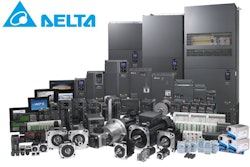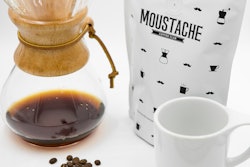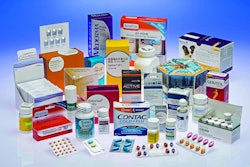That’s basically what Particle Inspection Technologies has done in coming up with its PIL-30 syringe inspection and labeling machine, developed in partnership with Luciano Packaging Technologies, Inc. The pharmaceutical company for whom the system was designed cannot be named. But the firm says the cost savings of an automated system compared with the previous manual method breaks down this way.
“Based on an average of 30 syringes/min needing to be inspected with an operator inspecting for 15 minutes then taking a five-minute break, 11 inspectors were required per shift to keep up with this volume. This minimum of 22 inspectors per day [two shifts] were additional head count, plus the hiring and training, labor costs, gowning costs, annual inspector vision exams, increased bioburden loading of the cleanroom, lunchtime breaks, etc. made the evidence pretty compelling that an automated approach had to be taken.”
The PIL-30 consists of the following:
• Seven Ximea cameras
• Machine vision software from Halcon
• A single PC-based centralized controller--TwinCAT automation software from Beckhoff--that not only runs PLC functions but also handles motion and HMI. By combining the PLC and the PC used for vision into one centralized CPU, significant cost savings are achieved. Plus, by having a large hard drive to store many large image files, the PIL-30 is able to quickly react since the images are on the same PC as the machine control software—in this case, TwinCAT.
• Four custom computer servers
• A Herma H400 label applicator from Weber Packaging Solutions
• A SmartDate X40 thermal-transfer printer from Markem-Imaje
Another key Beckhoff contribution is the EtherCAT industrial Ethernet system. The I/O system on the SASI-30 is networked via EK1100 EtherCAT Couplers. Also from Beckhoff are the servo drives and motors that actuate the syringe inverter wheel, the main starwheel that takes syringes through all the inspection stations, two syringe-spinning stations, and finally a label application drum that rotates the syringes so that the pressure-sensitive labels can be smoothed out on the syringe body.
Be sure to read a fuller account of this truly outside-the-box piece of equipment in the Fall issue of Packaging+Processing OEM. And don’t miss this video: https://www.youtube.com/watch?v=xoVXRlGgeYw&feature=youtu.be

























